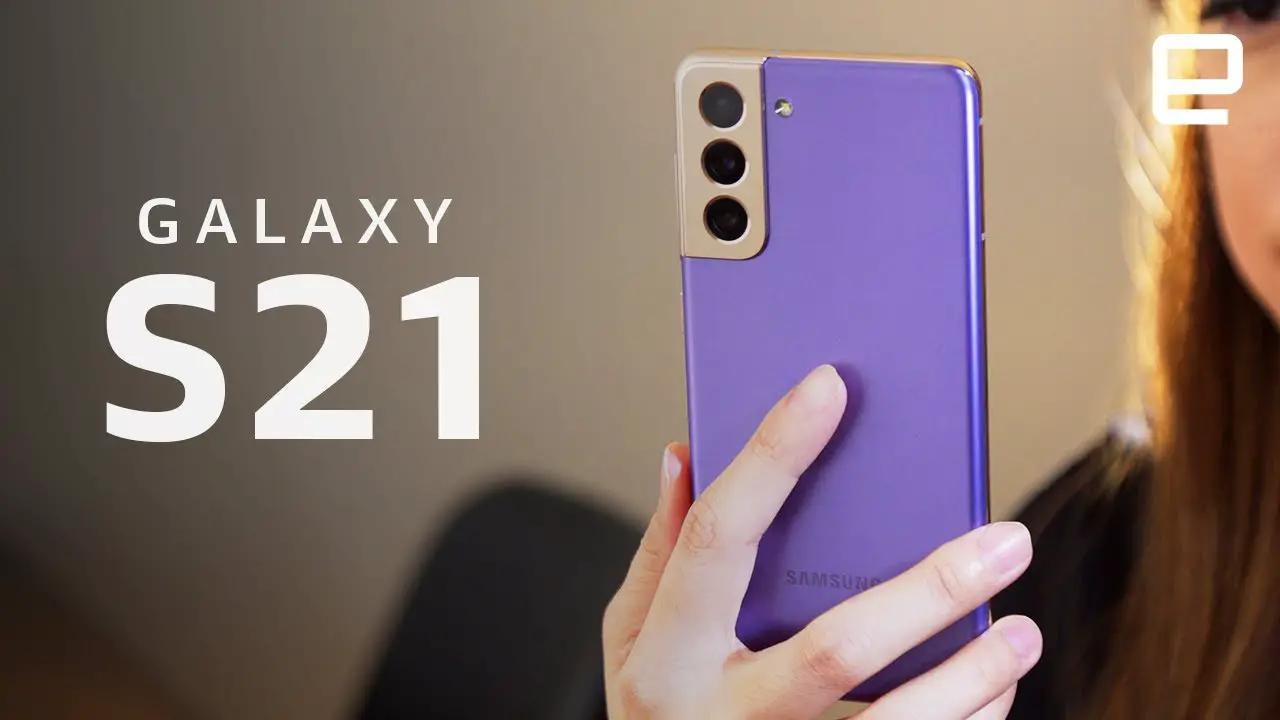Whether you choose a smartphone, television or computer monitor, the quality of the screen is one of the most important criteria. Knowing the different technologies is the best way to choose according to your needs and budget.
The technical data for televisions and smartphones is quite confusing, especially when it comes to display technologies, it gets much more complicated.
AMOLED display technology
AMOLED display (Active Matrix Organic Light Emitting Diode) or “active matrix Oled” uses the technical principle of LCD display at the level of individual control of pixels, but eliminates backlight.
Liquid crystals are replaced by organic light-emitting diodes that produce their own light under the influence of electric current. This type of screen is characterized by the intensity of its colors, the depth of its blacks (because then the pixels are off) and the high level of contrast.

What are the Differences between Amoled and LCD ?
In addition, the absence of backlight reduces energy consumption compared to LCD screens and makes it possible to produce panels thinner than 5 millimeters. Because of its very short response time (less than 0.1 milliseconds), AMOLED panels do not produce a glow effect and offer fluidity ideal for video games.
The advantages of Amoled displays are many, but there are also significant disadvantages. AMOLED displays are much more expensive to manufacture because any presence of moisture must be avoided in the manufacturing process and the production cost increases. This raises the prices of phones with this screen.
Additionally, LCD screens have a shorter lifespan due to the degradation of blue subpixels, but AMOLED screens last much longer as a screen life. (approximately 40,000 hours).





